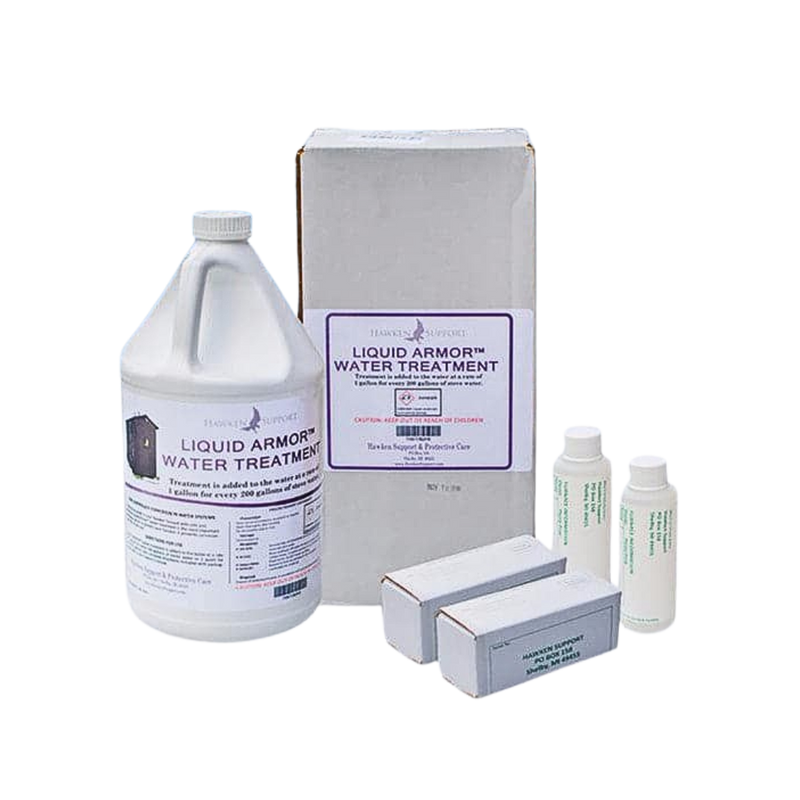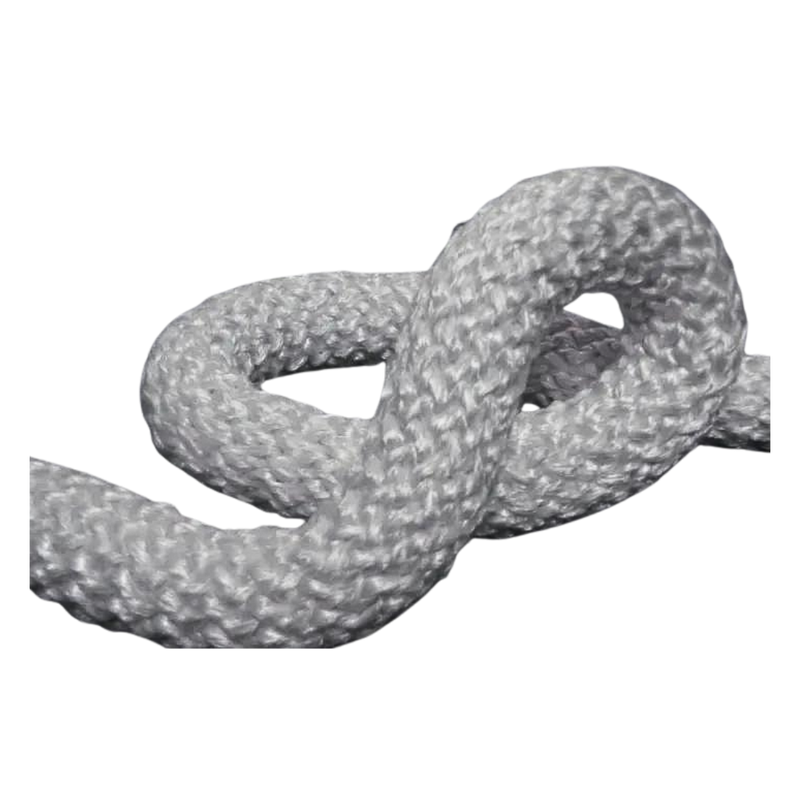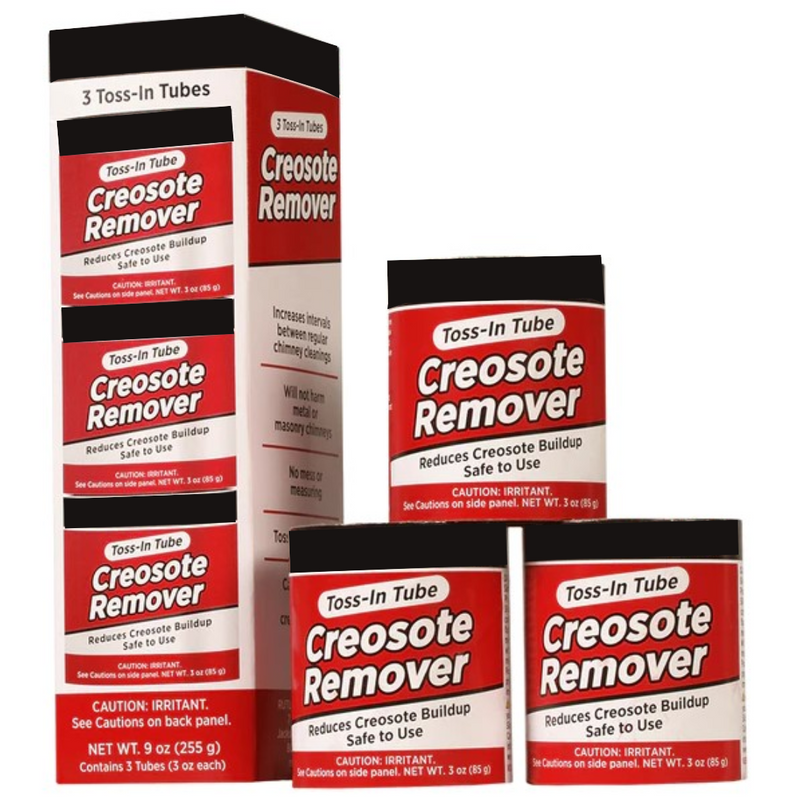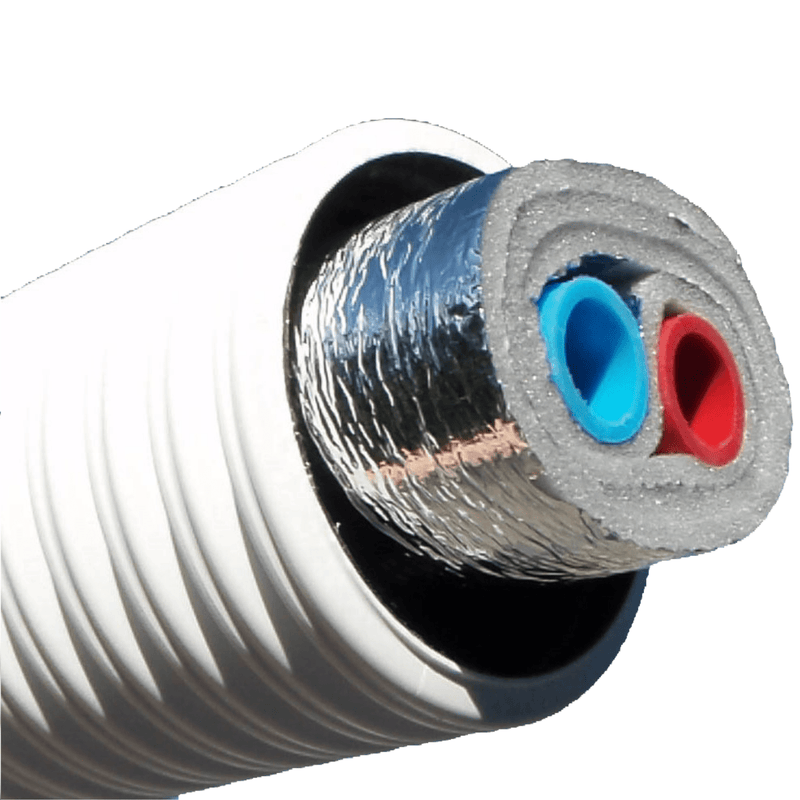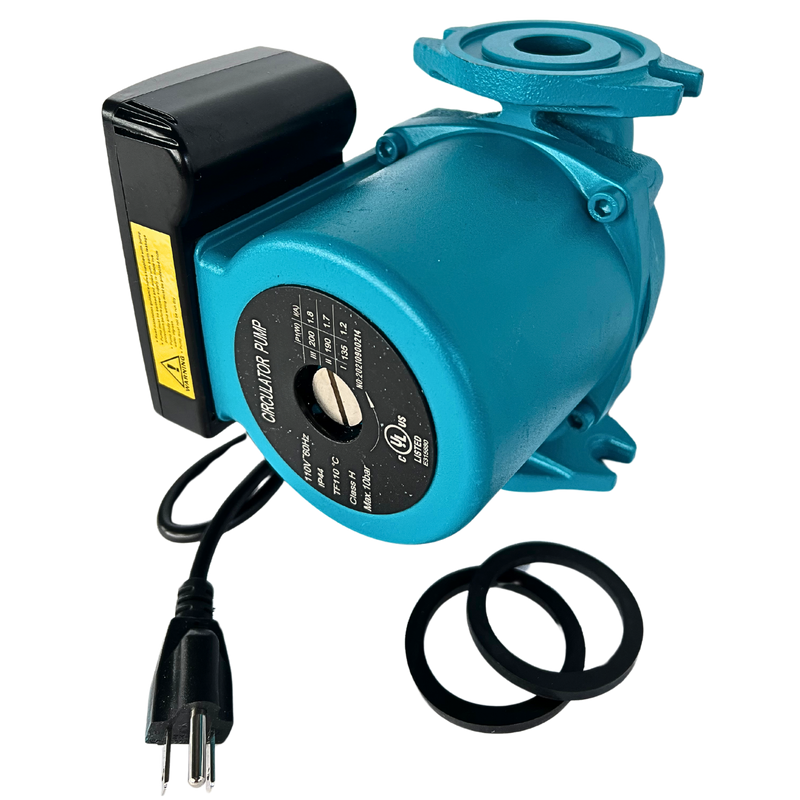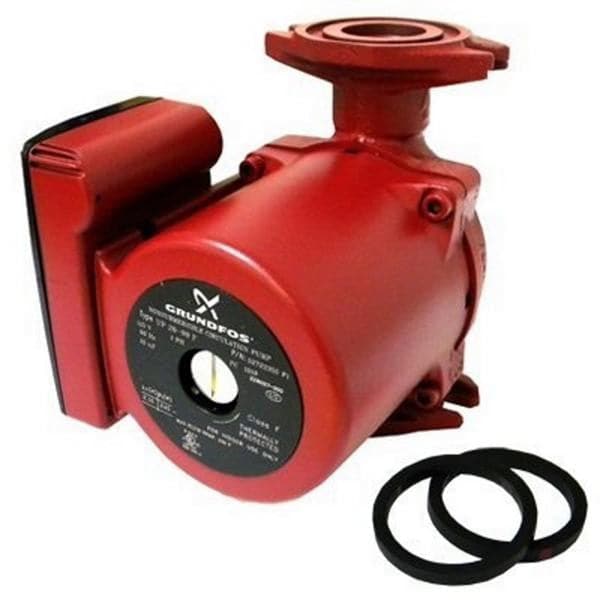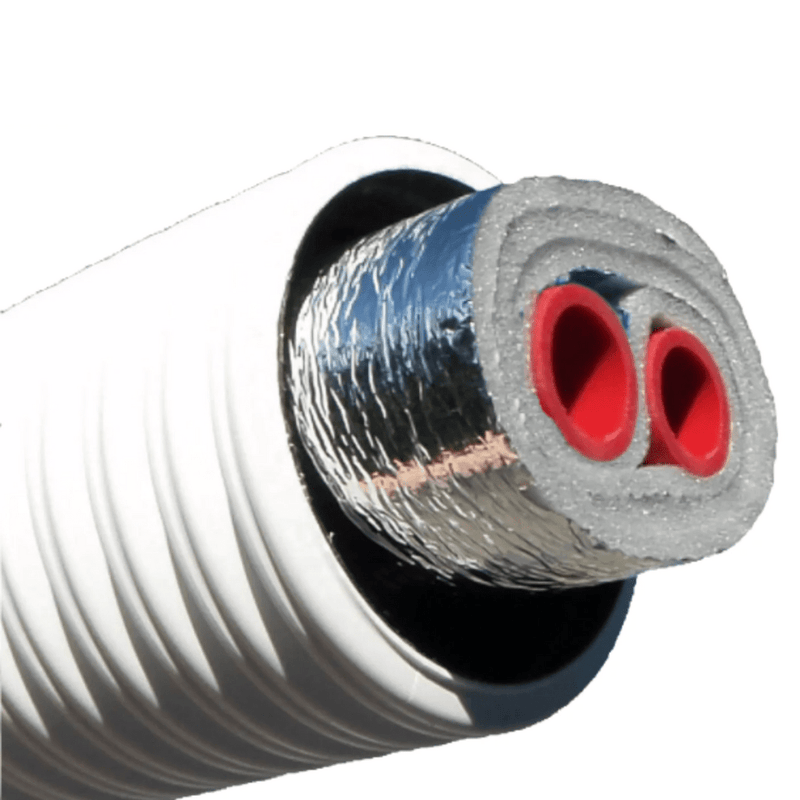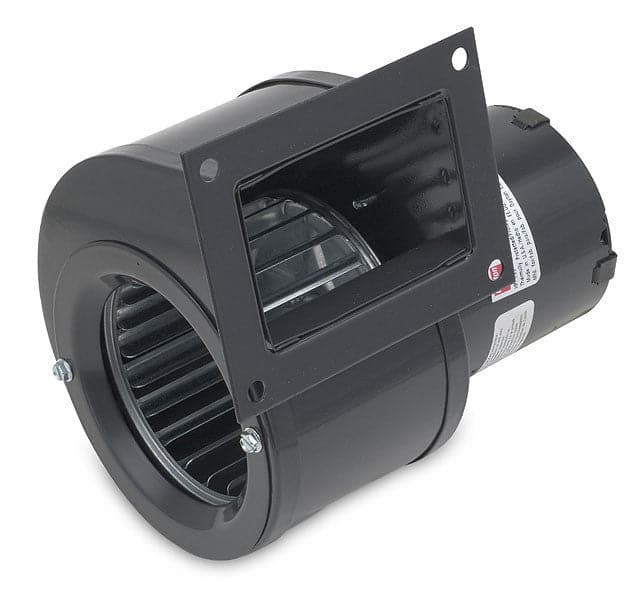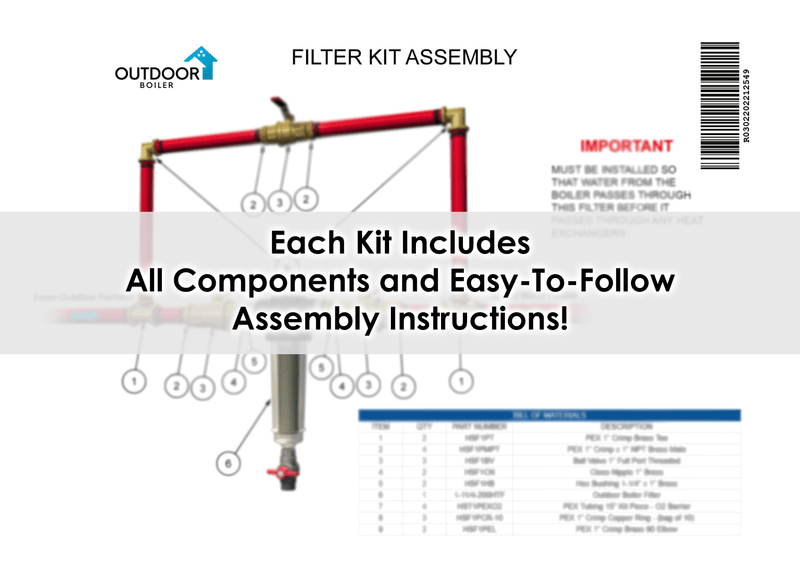Getting the Right Size Plate Heat Exchanger

If you ever ask this question while completing the installation of your heating system, then you are not alone. We receive a lot of calls from customers asking what size plate exchanger should they use on their outdoor boiler application. And they never fail to get the answer that they need.
Water-to-water heat exchangers are typically created by sandwiching and brazing pressed stainless steel plates together to create a small heat transfer device. For each subsequent plate, the pattern's orientation is switched, resulting in a "package" of plates having channels for the fluid to pass through.
These wood stove heat exchangers transfer heat from one circulating liquid (usually water from the boiler) to a different liquid, WITHOUT mixing the liquids!
These water-to-water plate heat exchangers accomplish this by allowing the hot water (from your boiler) to pass over alternating plates, thus warming them up. The water to be heated is passed through the empty space between those alternating hot plates, which transfers the heat from the boiler water to the other liquid.
So how do you size your plate exchanger?
Well, sizing your plate exchangers depends on where you will use them. Please know that outdoor wood stove systems and installations are complicated. Without expert assistance with your boiler decisions, you will likely pay far too much for your installation components, the labor, and even the boiler itself! You may also be sold inferior quality parts that do not meet the highly specific demands of an outdoor wood burner system.
Selecting the suitable size plate exchanger for your outdoor wood boiler depends on several factors, including the heat transfer requirements of your heating system, and the desired water flow rates.
Here's a general guideline to help you determine the appropriate size:
Calculate Heat Load
Determine the total heat load required to heat your home or building. This depends on factors like the size of your property, insulation quality, climate, and desired indoor temperature. You can use BTU (British Thermal Unit) or kW (kilowatt) as the unit of measurement.
Boiler Heat Output
Find out the heat output of your outdoor wood-burning boiler. This information is usually provided by the manufacturer and is typically measured in BTU/hr or kW.
Flow Rate
Decide on the desired water flow rate through the plate exchanger. The flow rate will depend on the heat load and the temperature difference you've calculated.
Plate Exchanger Sizing
Plate heat exchangers come in different sizes based on theapplication, but typically range from 20 plates to 100 plates.
30 Plate - Often used for heat exchange interface between an outdoor boiler and an indoor boiler system (baseboard radiant or in-floor systems) for buildings under 2,500 square feet in size with 8-foot ceilings.
40 Plate - Often used for heat exchange interface between an outdoor boiler and an indoor boiler system (baseboard radiant or in-floor systems) for buildings between 2,500 and 4,000 square feet in size with 8-foot ceilings.
50 Plate - Often used for heat exchange interface between an outdoor boiler and an indoor boiler system (baseboard radiant or in-floor systems) for buildings between 4,000 and 6,000 square feet in size with 8-foot ceilings.
60 Plate - Often used for large and specialty heat exchange needs with BTU transfer = 240,000. 1-1/4" connections.
80 Plate - Often used for large and specialty heat exchange needs with BTU transfer = 320,000. 1-1/4" connections.
100 Plate - Often used for large and specialty heat exchange needs with BTU transfer = 400,000. 1-1/4" connections.
These brazed plate heat exchangers are made with 316 Stainless plates for long life. The ports are 306 stainless.
Conclusion
Remember that selecting the right plate exchanger is crucial for the efficiency and proper functioning of your heating system. If you are unsure about the sizing process or have specific requirements, it's best to consult with a professional HVAC engineer who can accurately assess your needs and recommend the most suitable plate exchanger for your outdoor wood-burning boiler. Contact OutdoorBoiler.com for more information.













